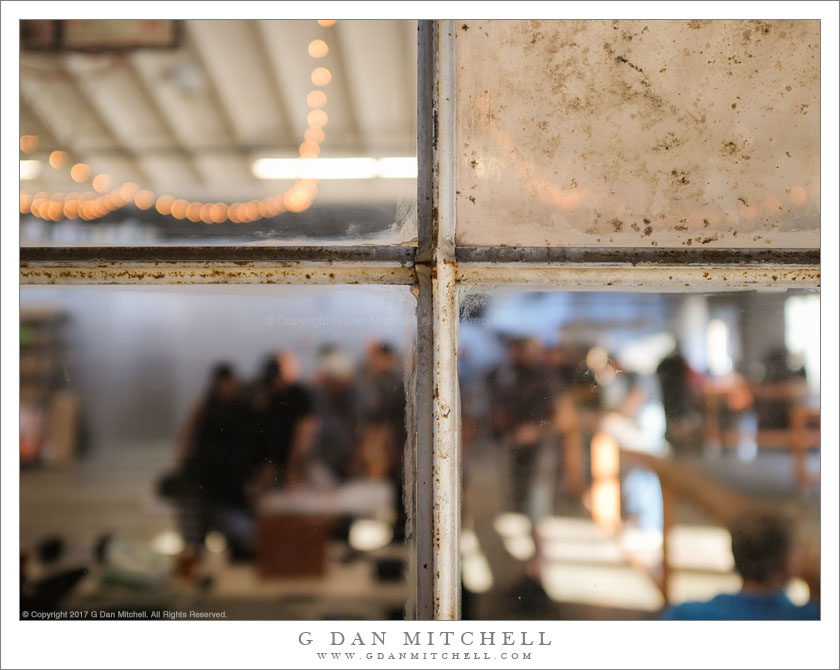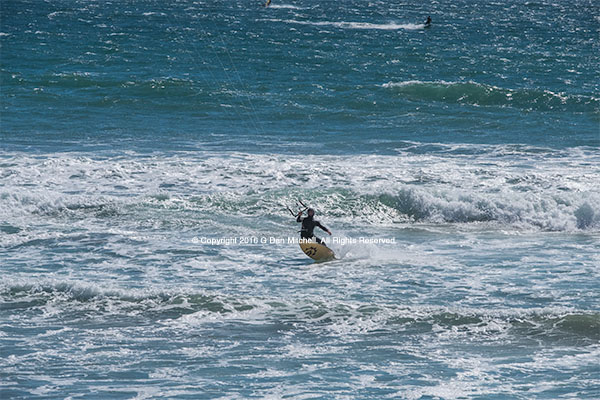
Brewery Window. San Jose, California. June 21, 2017. © Copyright 2017 G Dan Mitchell – all rights reserved.
A window at Hapa’s Brewery in San Jose, California
Today’s photograph is the result of something other than endeavoring to go out and make photographs, but it might also be evidence that some kind of photograph can be made almost anywhere at almost any time. We heard there was an event hosted by Fujifilm at a relatively new brewery not too far from where we live. We have been meaning to visit this place for months without ever quite managing to go, but the prospect of getting to play with a range of Fujifilm camera equipment and try out a new brewery was enough to get us to go.
The premise of the event was loaning various Fujifilm cameras and lenses to interested folks for fifteen minutes at a time. I already really on a Fujifilm system for my street and travel photography, but I thought it would be fun to play with their tiny rangefinder X100F, a small fixed-lens camera in the street photography tradition. I didn’t have a lot of exotic subjects to work with — basically a brewery full (mostly) of people trying out cameras! This photograph had two goals. The mundane one was testing the bokeh of the fixed lens on this small camera. The aesthetic angle was placing the window frame in such a way that it divided the background into four independent images rectangles that are quite different from one another.
 G Dan Mitchell is a California photographer and visual opportunist. His book, “California’s Fall Color: A Photographer’s Guide to Autumn in the Sierra” is available from Heyday Books and Amazon.
G Dan Mitchell is a California photographer and visual opportunist. His book, “California’s Fall Color: A Photographer’s Guide to Autumn in the Sierra” is available from Heyday Books and Amazon.
Blog | About | Flickr | Twitter | Facebook | Google+ | LinkedIn | Email
All media © Copyright G Dan Mitchell and others as indicated. Any use requires advance permission from G Dan Mitchell.

